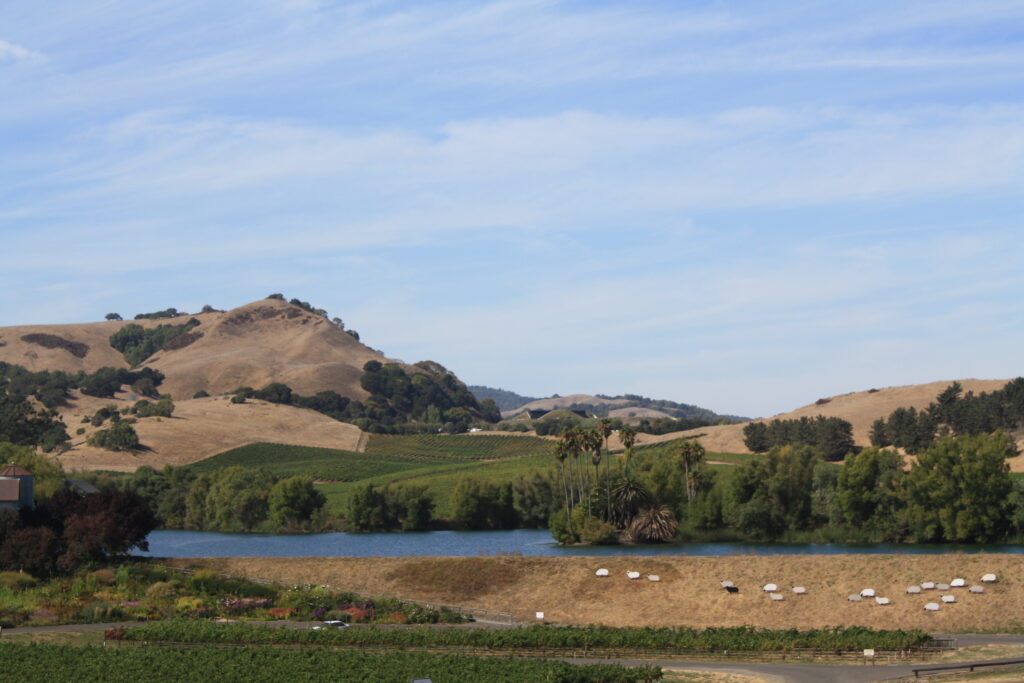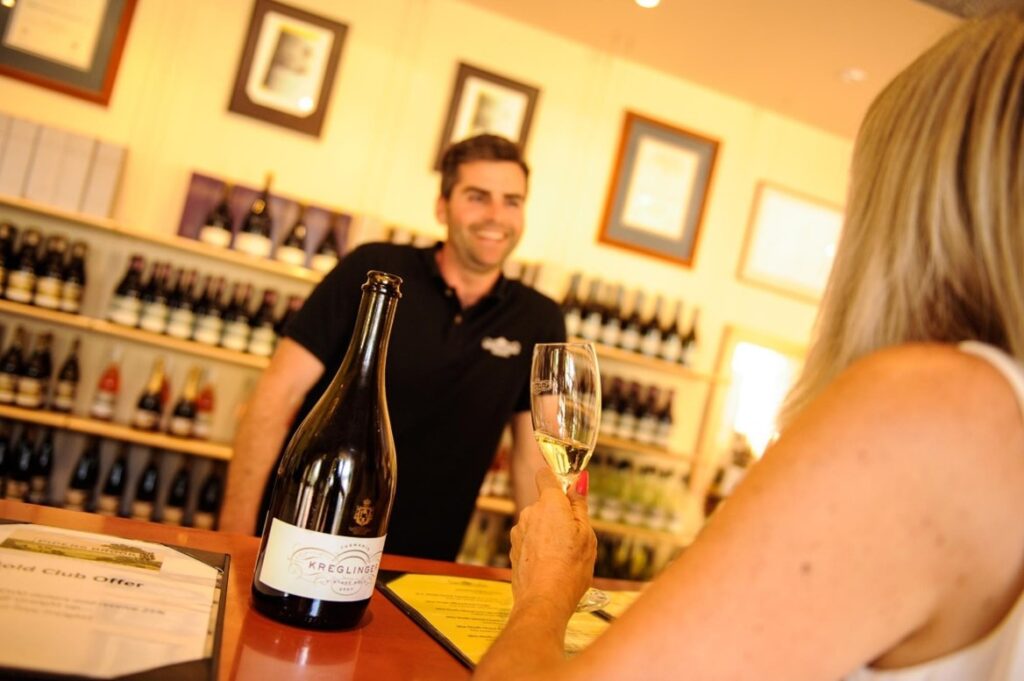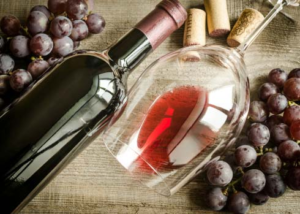There are two kinds of places: those you know and those you don’t. And every place you do know was new to you at one time. And some of those places you don’t know make wine, some of which you don’t know anything about either. This was our situation when we set off to visit the Santa Rita Hills, but the same could be said for our first times in any of the world’s winemaking regions.
We had a great time that day, as we have had on numerous other occasions when we have discovered new corners of Wine Country. There are certain tips that should be considered if you are going wine tasting somewhere you haven’t been before. We have written before about planning for such a trip, but these tips are about maximizing your pleasure while you’re there.
The Santa Rita Hills. Photo courtesy of Wine Spectator.
- Getting there and coming back are parts of the trip. Pay some attention to the scenery, the homes, the stores, even the industrial sections. (Of course, pay more attention to the road, if you’re the driver.) The places you pass are the places where the wine people live. Part of the pleasure of visiting Wine Country rather than opening bottles at home is to get a sense of the people who live there, not just tasting the wine.
- Geeting a little lost is okay. The only way you can have serendipity is if things don’t quite go as planned. Note that we say, “a little lost”. You might discover a great little winery just down the wrong lane. But if you find yourself on the highway with no vineyards in sight, maybe it’s a good idea to turn around.
- Factor in the weather. In some ways the coldest, nastiest months are the best time to visit someplace you’re already familiar with. There are no crowds and tasting rooms have lots of space for walk-ins. If one of those months is when you are discovering a new place is in, say, January, make the most of it. Snow on the vines can make a pretty sight. Of course, you’d rather be there when the sun is bright and fruit hangs from the vines, so make every minute count at those times.
- Open yourself to that particular experience. There’s no need to compare what you are seeing to what you have seen before. The Santa Rita Hills, for example, have their own beauty just as does Chianti or the Barossa Valley or St. Emilion or… Enjoying what you see and taste for its own merits will give you more pleasure than thinking that somewhere else is better.
- Think about how you will tell the folks back home about your visit. Attempting to verbalize what you are seeing, feeling, tasting and doing helps to lock all those things into your memory. It is certainly the technique we use in writing the articles in Power Tasting. Try it out when you’re doing something fun in your own neighborhood. You’ll see how much more vivid it makes every fun thing you do.










